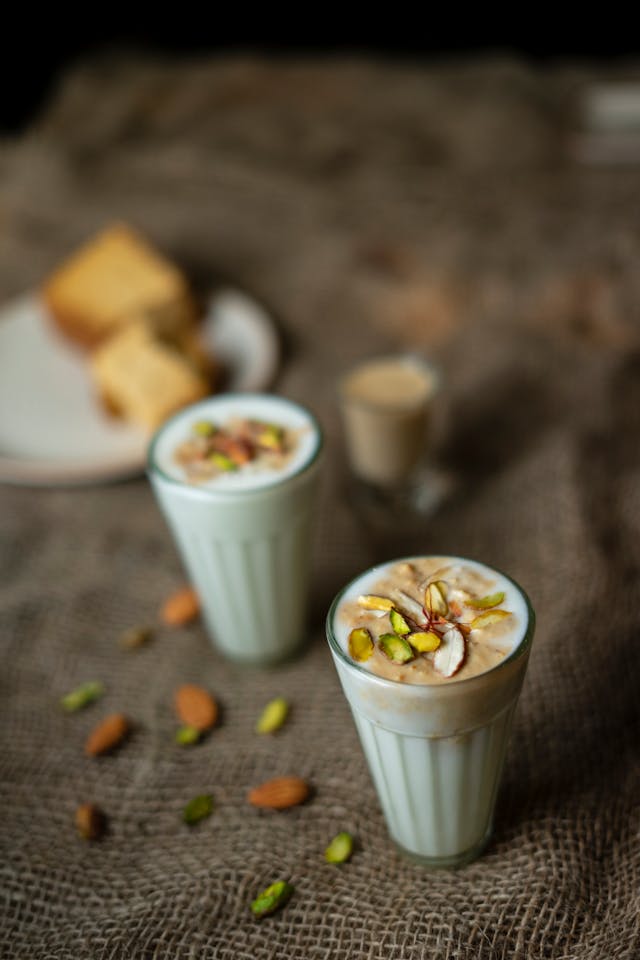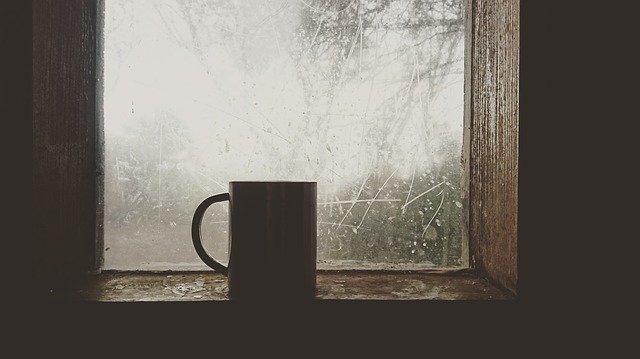Every morning brings with it one particular task for all of us (well, most of us) that marks the start of the day and guarantees our mother’s permission to have breakfast, that is, the up-down, swish-swoosh, filling our mouth with froth ritual of brushing our teeth. And one of the key players in this ritual, which is seldom given its due importance due to the presence of several alternatives (applying toothpaste on the finger or reminiscing past with the good old neem twigs), is the object whose hair we put in our mouth, the toothbrush.
In a middle-class home, it usually arrives in groups like in a pack of three, as it is kifayati. But, what happens to it when it gets old? It gets ready to narrate his ordeals of life to the newbies as it preps itself for an afterlife.
This six inches long, oral hygiene instrument makes way as a toothbrush in a house but ends up being just a brush as time goes by. In a middle-class home, it usually arrives in groups like in a pack of three, as it is kifayati. Then starts the war of colours, who will get the blue one and who will end up with the green. However, the excitement of a new toothbrush, as ordinary as it may be, does exist as if it will make our pearly whites whiter or our breath will smell like spring. Moreover, if it comes with an advanced tongue cleaner and criss-cross bristles, my-my! So what happens to the old one? A toothbrush, no matter how old and ready to narrate his ordeals of life to the newbies, seldom finds itself in the garbage bag ready for its afterlife. In fact, it is right there, staring at your face at some corner in the bathroom or kitchen or next to all detergents and soups, ready to embark on an all-new journey, the dirt cleaner! That’s right, it stays there, day after day, accumulating dirt on its bristles so that one day us humans comes across objects with tiny crevices full of dust or grease marks too sensitive for a steel scrub.

You see, when we abandon a toothbrush when the bristles become too weak for us or we simply succumb to a new variety with stronger grip and bristles that reach every nook and corner of our mouth, the toothbrush determines to stay behind (or we are too lazy to throw it out). We are a hilarious bunch as we think we will be determined to clean everything around us with dedication so strong that can break mountains. We imagine ourselves sitting cross-legged or bent down, toothbrush at the go, layered with the cleaning agent, scrubbing that stubborn corner of the floor vigorously.
Do you have gift wrappers lying under the mattress?
As we all know it, that rarely happens. Unless we have committed a blunder, which usually translates into not completing a task assigned by our parents on time, we are assigned yet another task that involves sweat, dirt and despair (on the part of the kids of course!). We are given the tiniest of objects i.e. the toothbrush and given the largest or the hardest surface to clean i.e. the floor or mother’s jewellery. So our childhood mostly goes into dealing with the toothbrush as it is and its alter-ego, the mighty cleaner.
However, the question that still remains, why not get rid of it? Well, the answer is very simple, “kaam aa jaega”. Seventy percent of the things in a middle-class household whether it is a ton of plastic bags, rubber bands, cardboard boxes, old textbooks, screws and nuts, a million plastic containers and so on continue to make a permanent presence only because of this one absolutely absurd theory ‘kaam aa jaega’.

The ‘kaam’ that toothbrush performs when it is no longer concerned with the tooth is yet to be discovered because one or two toothbrushes as cleaning agents are comprehensible but 4 or 5 lying in all possible corners of the house, abandoned and forgotten is something that we will never understand. However, there might be something else in store when it comes to toothbrushes. We are all the frontrunners when it comes to best out of waste contest (or at least the waste). It makes one wonder what more purpose shall this plastic stick serve. Can it a science project on a variety of toothbrushes, involving the history of toothbrushes, how they came into being and how they took the form of the electric toothbrush that reduces all effort we might have put in to move our hand in trying to clean our mouth properly? Or can we become artists and invent DIY projects that hero these underrated toothbrushes? Or can we finally put these to use as cleaning agents that are otherwise abandoned for infinity?
The simple, humble, no fuss toothbrush always has a long way to go (because of our laziness and ‘kaam’). It is manufactured with world-class technique, precision and quality (or at least one may think), packaged in plastic and cardboard to be taken out conveniently by the user as the package is marked with markings which help us create a cut along the outline. It is transported to retailers in trucks and tempos so that the clever and eccentric retailer can sing accolades of the new brand in town (and of the pro ts he’ll make as a consequence). Then it finally makes its way into our homes, three packets or three each because it saves 23 rupees.
It goes through the life ordeal of cleaning out candy bits and samosa remains out the brushed only once but claimed to be brushed twice teeth. It lives through the monotonous routine day after day until Miss Impressive Tongue Cleaner arrives and the toothbrush is ‘brushed’ aside. With all its strength and determination it stays, waiting to be picked and remembered, with its soft bristles, vibrant colour and convenient grip, also knowing that day won’t arrive again. But the journey never ends and it never grows old. It acquires a position that is permanent and somehow important but is never acknowledged as it starts with froth and plaque and ends with dirt.
Keep blowing the Trumpet! This & many more stories await in the pages!





